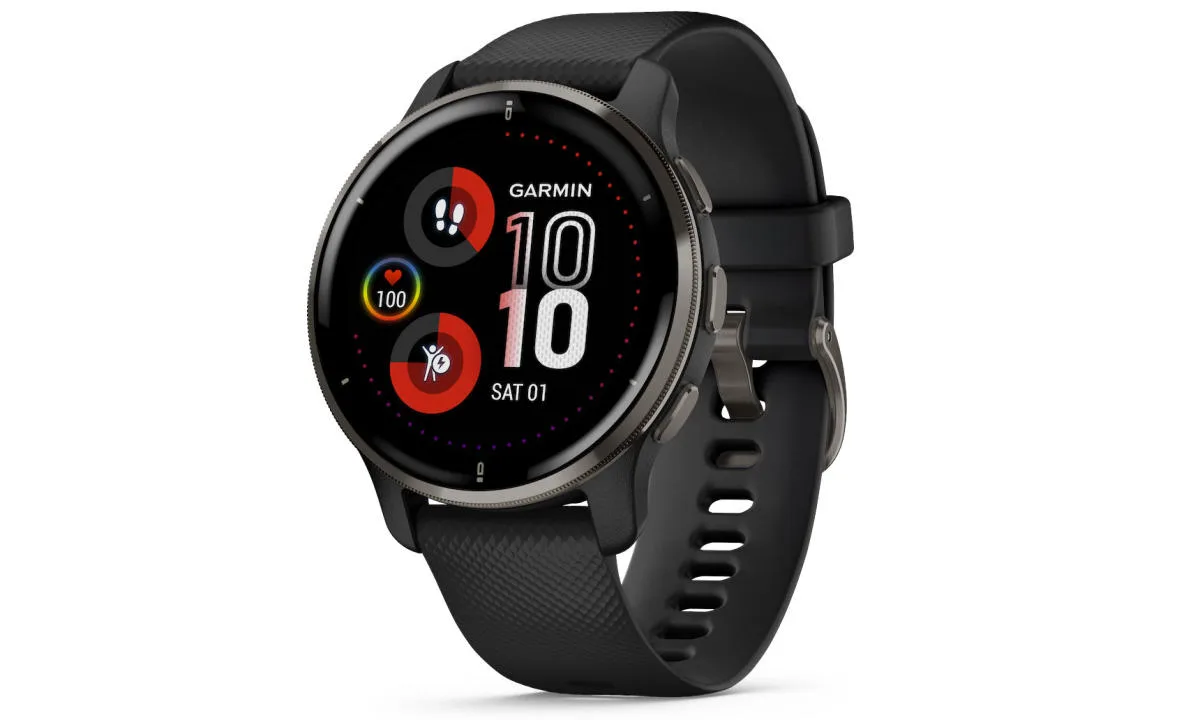There's a reason smartwatches haven't replaced clinically validated equipment when visiting the hospital: accuracy and reliability are paramount when data informs medical procedures. Despite this, researchers are looking for ways in which these devices can be used meaningfully in clinical settings. in the United Kingdom explored whether a and a dedicated companion app could be used to free up doctors and nurses, six minutes at a time.
The six-minute walk test (6MWT) is used to diagnose and monitor a number of cardiovascular diseases. This includes conditions such as which, if left untreated, are ultimately fatal. “(The test is) a cornerstone of hospital practice and clinical trials for decades around the world as (…) a marker of the proper functioning of the heart and lungs,” explained the project leader, Dr. Joseph Newman. Although a change in a blood test marker may be clinically relevant, Newman said “it's probably more important for someone to be able to walk to and from the store.” The test requires the patient to walk on a flat surface and last for six minutes straight, which stresses the heart enough to measure its capacity. A professional tests the patient's heart rate and blood oxygen levels at the beginning and end, and while it's simple and reliable, “it's not perfect,” according to Newman. “That's why we looked to modify it in two important ways:,” he said, “can we shorten it … and digitize it for remote use?”
After all, six minutes is a lifetime in a clinical setting, and patients don't like having to travel to their hospital just to go up and down a hallway. That's why Newman and Lucy Robertson, both researchers at the Royal Papworth Hospital in Cambridge, began looking for ways to revolutionize the test. They wanted to see if the test could be reduced to just one minute, and also if it could be performed by a patient at home using a Venu 2. The watch was connected to a secure clinical testing platform and dedicated built by Aparito – a Developer based in Wrexham – for testing. This was then sent to patients who were asked to wear the watch and walk outside to carry out their own tests. “They are asked to walk on flat, even, dry, relatively straight roads rather than laps or circuits,” Dr. Newman explained, with patients walking at their own natural pace.
“We did a product evaluation early in the research process and were open-minded about the brand or model,” Newman said. “Garmin came out on top for several reasons; we can access raw data as well as variables derived from Garmin’s algorithms,” he said. With the research being funded by charity, the British Heart Foundation, the watch had to offer good value for money. This helped Garmin, through its existing health research division, give the team “confidence in the accuracy of the sensors”, not to mention the fact that Aparito believes that “the Garmin SDK is relatively easy to use”, did he declare. But even though Garmin is currently in use, there's no reason why this setup wouldn't work with a number of other brands. “As long as the technology works, is accurate, reliable and patients accept it, we are not tied to any brand.”
There are several advantages to giving patients the option of testing at home: it is more representative of their real-life demands, and patients can retake the test at regular intervals, making it easier to follow up on. health status of this person over time. “We can see real value in providing patients with pulmonary hypertension with an app and smartwatch to track their progress,” Dr. Newman said. “It is unlikely that this will ever completely replace the need for in-person exams in hospitals, but it will likely reduce their frequency.”
The study results currently suggest that reducing the test to one minute has no detrimental effect on its result or accuracy, and that patients are much more likely to perform the test regularly if they can do it at the same time. House. “It is likely that the upfront costs of portable devices (to a hospital) will be offset by the long-term reduction in hospital visits,” Newman said. If true, it means clinicians will be able to better focus their time and efforts where their expertise is most valuable.

